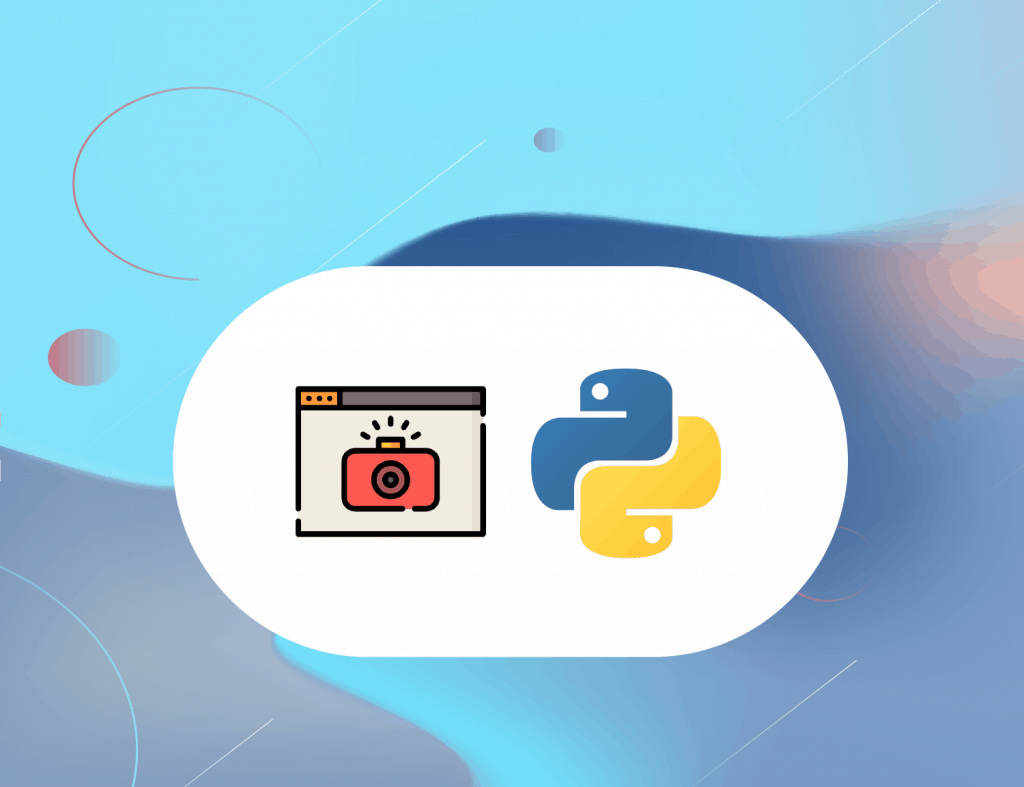

- #CREATE EXECUTABLE PYTHON FOR MAC MAC OS#
- #CREATE EXECUTABLE PYTHON FOR MAC INSTALL#
- #CREATE EXECUTABLE PYTHON FOR MAC CODE#
- #CREATE EXECUTABLE PYTHON FOR MAC DOWNLOAD#
- #CREATE EXECUTABLE PYTHON FOR MAC WINDOWS#
Now it is time to create a GUI application.
#CREATE EXECUTABLE PYTHON FOR MAC MAC OS#
Most of the time on Linux and Mac OS X, Python will be in your path environment variable. If that is not the case, just use C:\Python27\python.exe pyinstaller.py myscript.py in Windows. Remember that running python pyinstaller.py myscript.py assumes that you have Python in your path environment variable. You should see now a "Hello World!" printed on the screen. The file called myscript.spec is useful to customize the way PyInstaller packs your application. The dist folder stores the executable and all of the files needed in order to run that executable. The build folder is used by PyInstaller as a temporary folder to create the files needed for the executable.

Then, in order to create the executable just run python pyinstaller.py myscript.py and you will see a lot of output and a folder called myscript will be created, with two folders and a file inside. Now suppose you want to package myscript.py, I saved it into the pyinstaller folder: To get started, open a Command Prompt (Windows) or a Terminal (Mac and Linux) and go to the PyInstaller Folder.
#CREATE EXECUTABLE PYTHON FOR MAC INSTALL#
So there is no need to install it in your computer. PyInstaller is an application, not a package.
#CREATE EXECUTABLE PYTHON FOR MAC DOWNLOAD#
To start, download and extract PyInstaller from the official site. PyQt, Django and matplotlib are fully supported. PyInstaller claims to be compatible with a lot of third party libraries or packages out of the box. PyInstaller currently only works with Python 2.3 up to 2.7.

It is an excellent option when you need to distribute a program to the end user as a standalone application. PyInstaller allows you to run applications written in Python on a computer without requiring the user to install Python. PyInstaller is a program used to convert Python scripts into standalone applications. Shortcut.WindowStyle = 7 # 7 - Minimized, 3 - Maximized, 1 - NormalĪlso, make sure to install win32 python library using pip install pywin32 from your command prompt.Īnd also your shortcut icon will only appear when the user clicks on the actual exe for the first time.Last Updated: Wednesday 29 th December 2021 Icon = r'D:\Junk\180862.ico' # Icon for your shotcut icon, make sure it is. Target = r'D:\Junk\asd.txt' # Location of file which will be triggered when people click on shortcut icon. Path = os.path.join(desktop, 'NameOfShortcut.lnk') # Name of your shortcut icon (You can change it depending upon your filename but don't replace extension) lnk file is desktop (Meaning shortcut icon) but you can change it to something else. But you have to make some changes in your python script.īelow is the boiler template you can use and edit your script according to that.ĭesktop = r'C:\Users\Public\Desktop' # Default location to create the. That’s a pretty nice question, you can create shortcuts automatically. Otherwise, navigate to file location from the file explorer click and type cmd in the address bar like shown below. I recommend closing it, or if you are a tech geek, you can directly navigate to the location where you have saved your python program from step 3. I think your command prompt is still open from step 2. Step 4: Create the Exe File using Pyinstaller So, when we create an exe file, it can be easily spotted. Personal suggestion, while saving your file, make sure the directory is empty.
#CREATE EXECUTABLE PYTHON FOR MAC CODE#
L = Label(app, text="Pyinstaller Guide", font=("Arial Bold", 20))įor instance, you can use the above code and save it with the “.py” extension. In your case, it can be a complex program written in NumPy, PyQT, wxPython, etc. Its role is to display “Pyinstaller Guide” in Tkinter Window. I already created a basic python program, not too fancy. Now only one main ingredient is left in your system before creating an exe file-a python program, which we will use in this experiment. pip install pyinstaller Step 3: Create Python Program Once your command prompt is ready, you can copy or write the below command to install Pyinstaller in your system. But that file can only be run in Windows. Note: For the Linux family, you can have this package in your system to create an exe file.

Next, you have to open a command prompt using the search bar and type CMD or the WIN+R shortcut key to open the Run application and type CMD. This will allow us to access python and PIP directly from the command prompt. While installing, make sure to click on the checkbox with the message “Add python* to PATH”. But for those who don’t, you can download it from the official website. You might have already installed python in your system.
#CREATE EXECUTABLE PYTHON FOR MAC WINDOWS#
Step 1: Install and Add Python to Windows Path


 0 kommentar(er)
0 kommentar(er)
